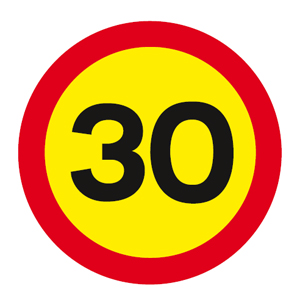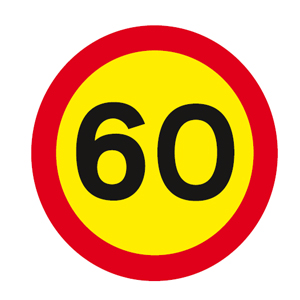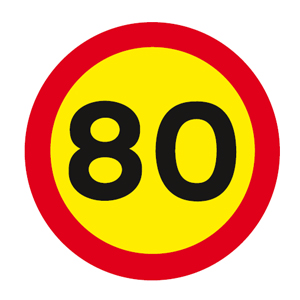What are the speed limits?
What are the speed limits?
Driving in Iceland can be tricky - but if you listen carefully to Elfis you should be fine "Take a look at the Video"
The speed limit in populated areas is usually 50 km/h. Speed limit signs are not posted unless other speed limits apply. The speed limit is often 60 km/h on throughways. In residential areas, it is usually only 30 km/h. The rule of thumb in rural areas is that gravel roads have a speed limit of 80 km/h, and paved roads 90 km/h.
Speed enforcement cameras are widely used in addition to strict police surveillance. Speeding fines can reach up to over a hundred thousand ISK. It is also important to note that even if a driver has left the country, he or she is still obligated to pay the fine.
In several places, there are traffic signs (white numbers on a blue square background) which indicate the recommended maximum speed, where drivers should realise that the recommended maximum speed can be less than the permitted speed limit due to driving conditions.
Top ten tips on driving in Iceland
- Everyone in the car needs to wear seatbelt
- Do not stop or park the car on the road except in a case of emergency.
- Lower your speed when you approach and drive on a gravel road.
- Choose the speed in accordance with the road surface.
- Check the weather and road surface in advance on www.road.is and www.safetravel.is.
- Make sure you get enough sleep in summer when there‘s daylight 24 hours.
- Be sure that you have the driving lights always on - night and day.
- The car that approaches a single lane bridge first, crosses first.
- Sheep and other livestock you see near the road can suddenly run across the road
- Don‘t risk your life and safety by driving into a CLOSED road.






